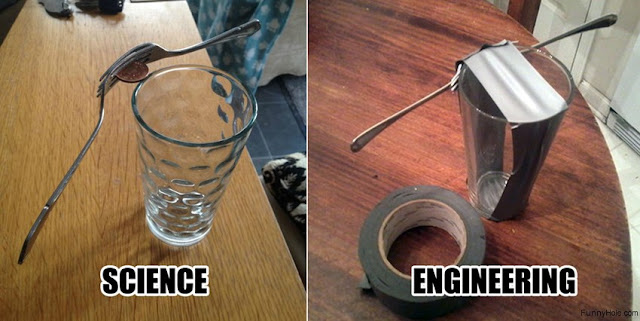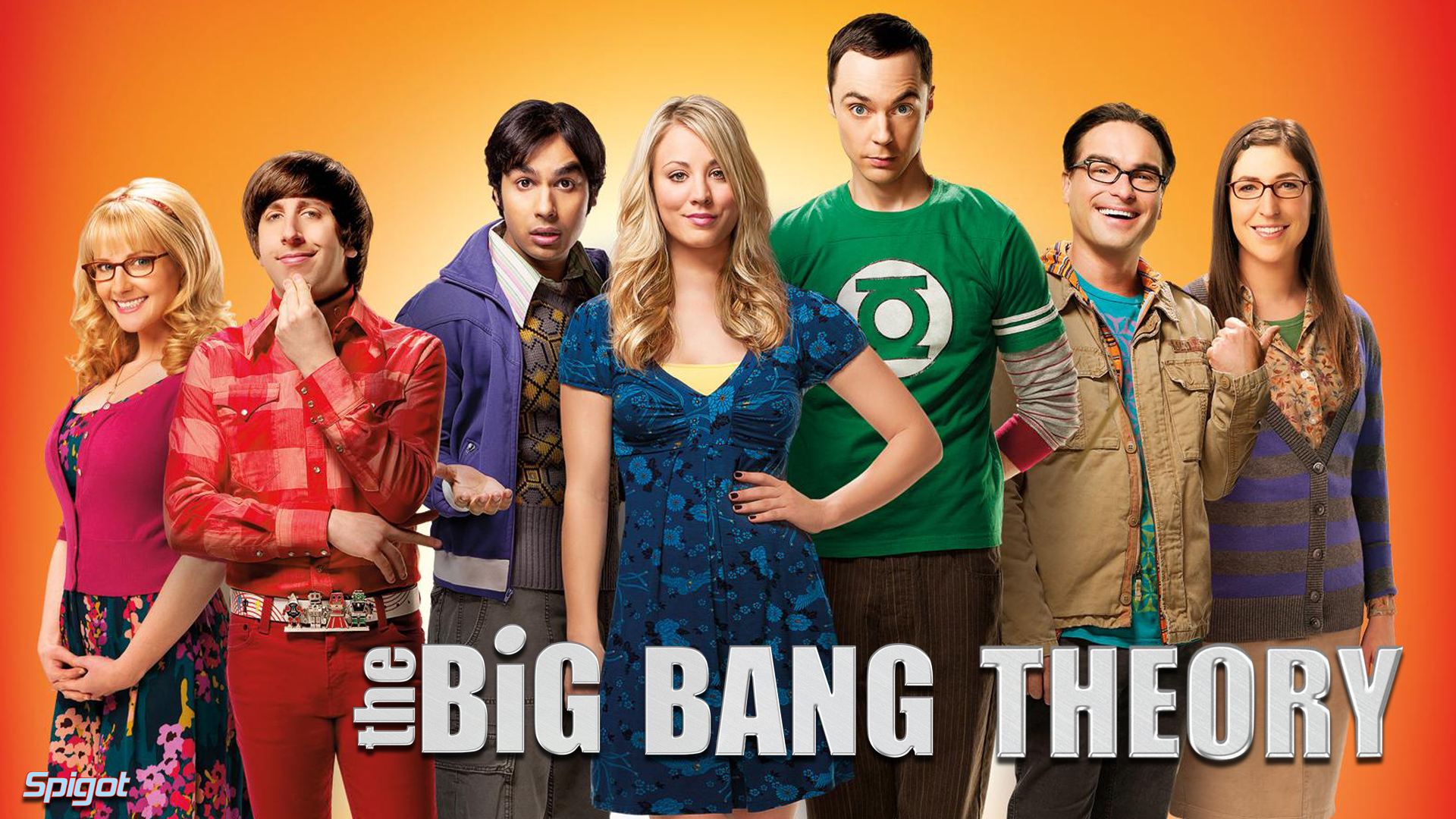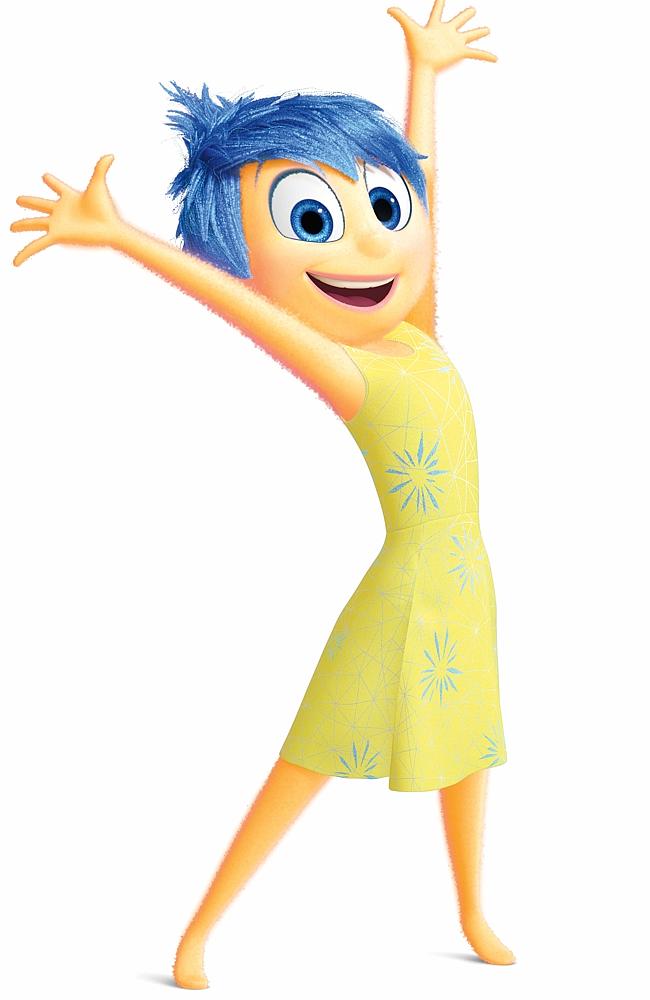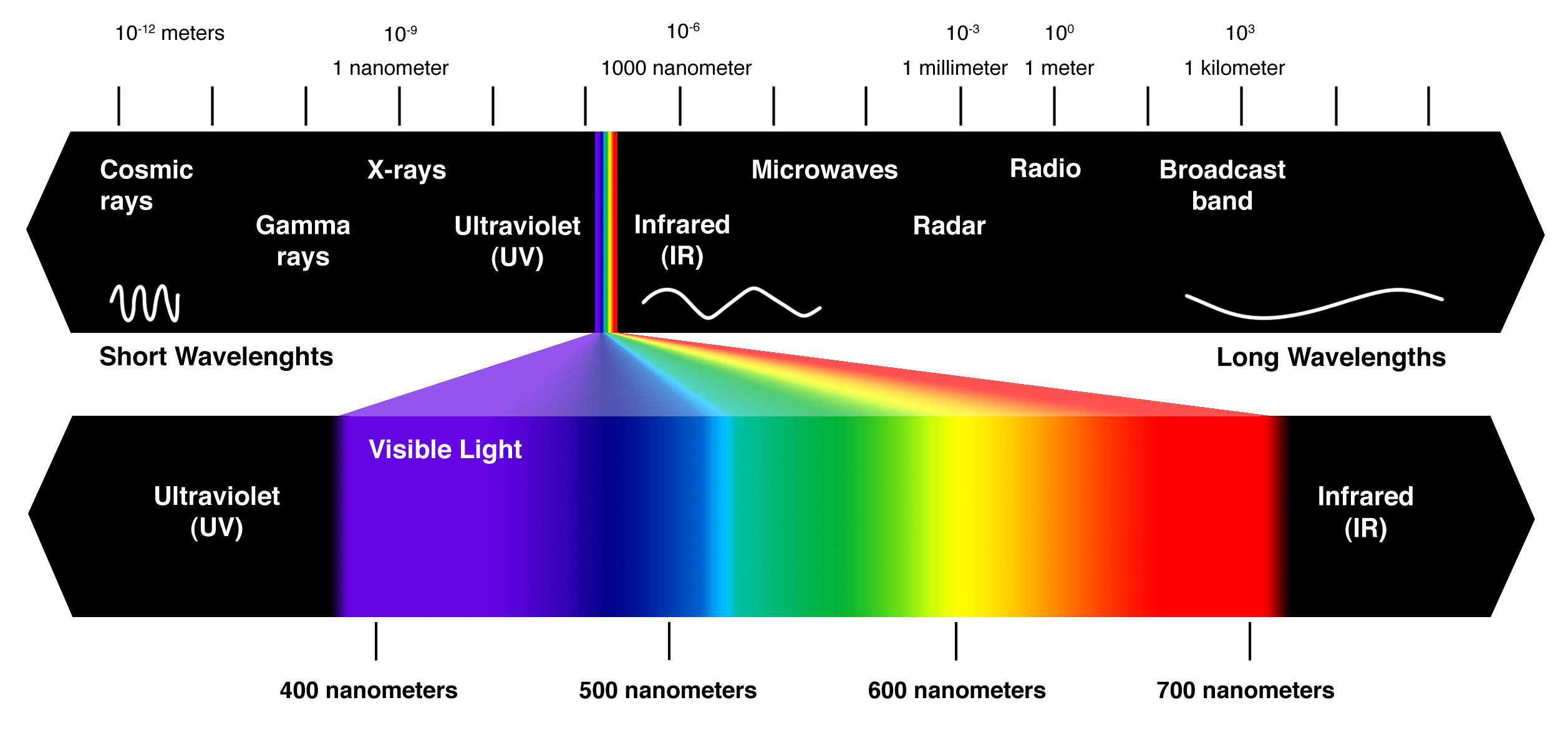Dedicated, as my whole blog is, to my friend Megan. May we both continue to pursue our dreams. :)
In summary:
I wore two dresses
I taught two classes
I attended three classes
& I was on the Costume College Committee.
Phew!
"But that's no excuse for why you haven't posted since January. JANUARY!! My god, woman, what have you been doing with your life since then?"
Okay, fine, since you asked. :)
For some reason this year, when I got back from Christmas, my life became doing events one weekend after another! From friends visiting, to going to two Jane Austen events, to doing a fashion presentation near Lompoc (twice!), then coming back down to visit the "Revolution", going to tea, Calico, wow! From January-March, it seemed like every weekend was booked!
(Oh! And there was a brief mad dash as it appeared I could be a vintage dancer appearing in the TV show "Another Period" on Comedy Central! Yeah, that didn't happen, but it was fun while it was prospective. And I got to practice with creating patterns from a Frances Grimble book, so that was fun.)
And then, after March, suddenly I had all these Committee things to do. (Ugh, being responsible, amirite?) Meetings to attend, forms to create, forms to track. Fortunately, I had an AMAZING assistant, who volunteered before I did, and who I met RANDOMLY by looking out of place and lost at the Jane Austen dance. At an event attended by possibly 200 people, it was very fortunate indeed! My one planned family vacation was to head to the East Coast around Memorial Day, and when I got back, it was full speed ahead with keeping track of who paid for classes! Then there were emails to answer, and people to console, and plans to make for actual Costume College, and that bring us to today.
The two dresses (and the two classes!):
Back in January, I had submitted to teach three classes: my usual "Beaded Embroidery", and "Chandelier Earrings," and new this year "Ladies of Downton Abbey Necklaces" (so named because I didn't want to commit to whose necklace I was replicating). "Beaded Embroidery" did not get chosen (probably because I tried to hide it at the Wall Party, shhhh!), but "Chandelier Earrings" and "Ladies of Downton Abbey Necklaces" did. Yay! The necklace class proved to be REALLY popular at Registration, and was full! Go me! So, the pressure is on!
As a teacher, you see the numbers for your classes about 1 month to 6 weeks prior to Costume College. This means you have that time to order materials, create a handout, and finalize your prep. When my supplies arrived, I made a sample for me to wear, to show the final result. And I knew, that because of my hectic schedule, I wouldn't have time to finish any of the dresses I had planned. (Victorian bodices take me about a month to finish, from first cutting the pattern, to sewing on the buttons/inserting the boning.) Instead, I had a GORGEOUS 1920s hat that I'd bought from Mela Hoyt-Heydon at Costume College 2016 (my first 1920s anything!), a bunch of 1920s patterns I had bought to go with it, and now, a 1920s necklace (and earrings!) that I would have finished. Don't I need a dress to show them off? Am I crazy, or do I have JUST ENOUGH TIME to make a 1920s dress?
(To clarify, yes, I am crazy. But challenging my own perceptions of what I can do in a given amount of time make me happy, and the following emotional roller coaster and dirty condo gives me something to ponder.)
And away I go!
So, once that was decided, I promptly left to go to the LA Garment District, buy my fabric, go home, and get it made!
Of course, that was THE PLAN. What actually happened? I think I took a nap. And then procrastinated. And then the weekend before Costume College a friend of mine came into town, we went to Disneyland, and the next day I went to brunch, and took another nap. (Having a deadline is sometimes the only way I get anything done!)
The 1920s dress:
(Sadly, only now am I discovering I took no pictures of myself that day! But never fear, I did go to the portrait studio to get professional photos taken. Now we're just waiting for those photos to be uploaded so that I can buy them and download them and post them! Aaaaaaaaaaaaany day now.)
I used the Decades of Style "Zig-Zag Dress" pattern, without sleeves, and with a V neck (because it's summer in Southern California, and it got up to 98 in the San Fernando Valley on Thursday.) Initially, I had planned on a light silk gauze, hopefully in a teal/brown pattern. I couldn't find that, and I didn't want to make it a solid teal, so I chose two shades of brown. I had thought of doing the top in one, and the bottom in another, but the lighter shade of brown didn't have enough, so I just added some embellishments.
Part of the challenge for me is that I am SO used to Victorian bodices, where everything must be fitted to a T! And I've gotten used to that, to the extent that flowy things puzzle me. (It just, sits there? Are you sure?) I did make a mock-up, mostly because I assumed I'd have to lengthen the bodice (I didn't), and fit the shoulders (which I did).
 |
| Edith is my spirit animal! Love those colors! |
Brain: Just a few tweaks . . .
Faith: No! Give it a chance! You're just not used to this period!
Brain: But, it would look so much better . . . ow! Why are you hitting me?
In the end, my brain went to trusty Downton Abbey, and I decided there's fitted, and then there's FITTED. Tweaking the armhole so that the bust fits better, and cutting off the top of the ends of the armholes so that they sit nicely just behind the point of the shoulder (see Rose below), and it felt like the difference between "bespoke" and "off the rack". And I thought it looked so much better!
 |
| Oh, the shoulders! |
 |
| One day, I will make this! One day . . . |
The other dress:
Right! There was another dress!
So, at Costume College there are four events (one per day): Thursday Night Pool Party, Friday Night Social (formerly ice cream social), Saturday Time Traveler's Gala, and Sunday Tea. This year, I bought my ticket for the Tea before the theme was announced, which was: Vintage Sci-Fi.
Wait, what?
 |
| I'm not a big Doctor Who fan, but damn! |
In discussion with a few people, they brought up an alternate idea: Why not do an outfit based on the movie "Attack of the 50 Foot Woman?" And I was stunned! How brilliant was that!
So, I looked up the movie, and it was perfect! It was made in 1958, so I can wear something and call it late 50s/early 60s (to match the theme), and say I am her before she turns into the monster! (Okay, I didn't see the movie, but it's either aliens or a radioactive substance.)
 |
| I could definitely be her! Just wear black! |
Fortunately, a few weeks prior, I had bought a BEAUTIFUL black jacket with beading from Jennifer Rosbrugh of Historial Sewing. I think she called it 50s, so it worked! At the time, I was thinking "It looks like the Outlander Dior jacket, all I need is a skirt!"


So, I grabbed a black modern skirt that could be 50s/60s, black heels, fake pearls, and my trusty fake eyelashes, and I was good to go!
 |
| I got soooo many compliments on this! |
And THAT was my Costume College? :)
What's next on my schedule? Well, I got contacted yesterday by a friend of mine for an event next weekend in Santa Monica, a masquerade at an opera house, and at the end we watch the 1925 version of "Phantom of the Opera". I'm not going to make anything new, but doesn't that sound AMAZING??
And I may not be huge into sci-fi, but I do have a particularly geeky side!




















































